Avoid These 5 Common Mistakes When Preparing Files for CNC Cut
Sommario
“Maximize Precision, Minimize Waste: Sidestep the 5 Key CNC File Prep Pitfalls”
introduzione
When preparing files for CNC cutting, it is crucial to ensure accuracy and precision to avoid costly mistakes and material waste. CNC machines follow exact instructions from the files you provide, so any errors in the file can lead to incorrect cuts and potentially ruin the entire project. To ensure a smooth and efficient CNC cutting process, it is important to be aware of and avoid the following five common mistakes: incorrect file formatting, improper scaling, neglecting material specifications, overlooking cut paths and tool selection, and failing to account for kerf. By paying close attention to these areas, you can save time, resources, and ensure the success of your CNC projects.
Top 5 File Preparation Errors to Avoid for CNC Cutting Success
Title: Avoid These 5 Common Mistakes When Preparing Files for CNC Cut
CNC cutting has revolutionized the manufacturing industry, offering precision and efficiency in producing parts and components. However, the success of CNC cutting largely depends on the quality of the file preparation. A well-prepared file ensures a smooth production process and a high-quality final product, while errors in file preparation can lead to costly mistakes and wasted materials. To ensure CNC cutting success, it is crucial to avoid these top five file preparation errors.
Firstly, one of the most common mistakes is incorrect file formatting. CNC machines require specific file formats to interpret the design correctly, typically DXF or DWG for cutting operations. Using the wrong file format can result in the machine being unable to read the design or interpreting it incorrectly, leading to errors in the final cut. It is essential to check the machine’s specifications and convert your design into the appropriate format before sending it to the CNC cutter.
Secondly, another mistake to avoid is neglecting to account for kerf, which is the width of the material removed by the cutting tool. Failing to adjust your design to compensate for the kerf can result in parts that are too small or do not fit together as intended. It is important to understand the kerf size of the cutting tool being used and to adjust your design accordingly to ensure that the dimensions of the final product are accurate.
Thirdly, overlooking material properties can lead to significant issues during the cutting process. Different materials react differently to the cutting process, with some requiring specific cutting speeds, feeds, and cooling methods. For instance, cutting aluminum requires different parameters than cutting steel. Providing the CNC machine with incorrect material specifications can result in poor cut quality, excessive tool wear, or even damage to the machine. Therefore, it is imperative to select the correct material settings for your design file to match the material being cut.
Fourthly, an error often made in file preparation is the inclusion of overlapping lines or duplicate vectors. These can confuse the CNC machine, causing it to cut the same area multiple times, wasting time and material, and potentially damaging the tool or workpiece. To prevent this, it is crucial to thoroughly inspect and clean up your design file, removing any unnecessary duplicate lines or vectors before sending it to the CNC cutter.
Lastly, a critical mistake is ignoring the importance of nesting. Nesting refers to the arrangement of parts within the raw material to minimize waste. Poor nesting can result in an inefficient use of material, increasing costs and reducing sustainability. Utilizing nesting software or carefully planning the layout of your parts can significantly reduce material waste and maximize productivity.
In conclusion, preparing files for CNC cutting requires attention to detail and an understanding of the machine’s capabilities and material properties. By avoiding these common mistakes—using the correct file format, accounting for kerf, setting proper material properties, eliminating overlapping lines or duplicate vectors, and optimizing nesting—you can ensure a smooth CNC cutting process. This not only saves time and resources but also results in a superior final product. Remember, the time invested in proper file preparation is a small price to pay for the assurance of CNC cutting success.
CNC Cutting: Common Pitfalls in File Setup and How to Overcome Them
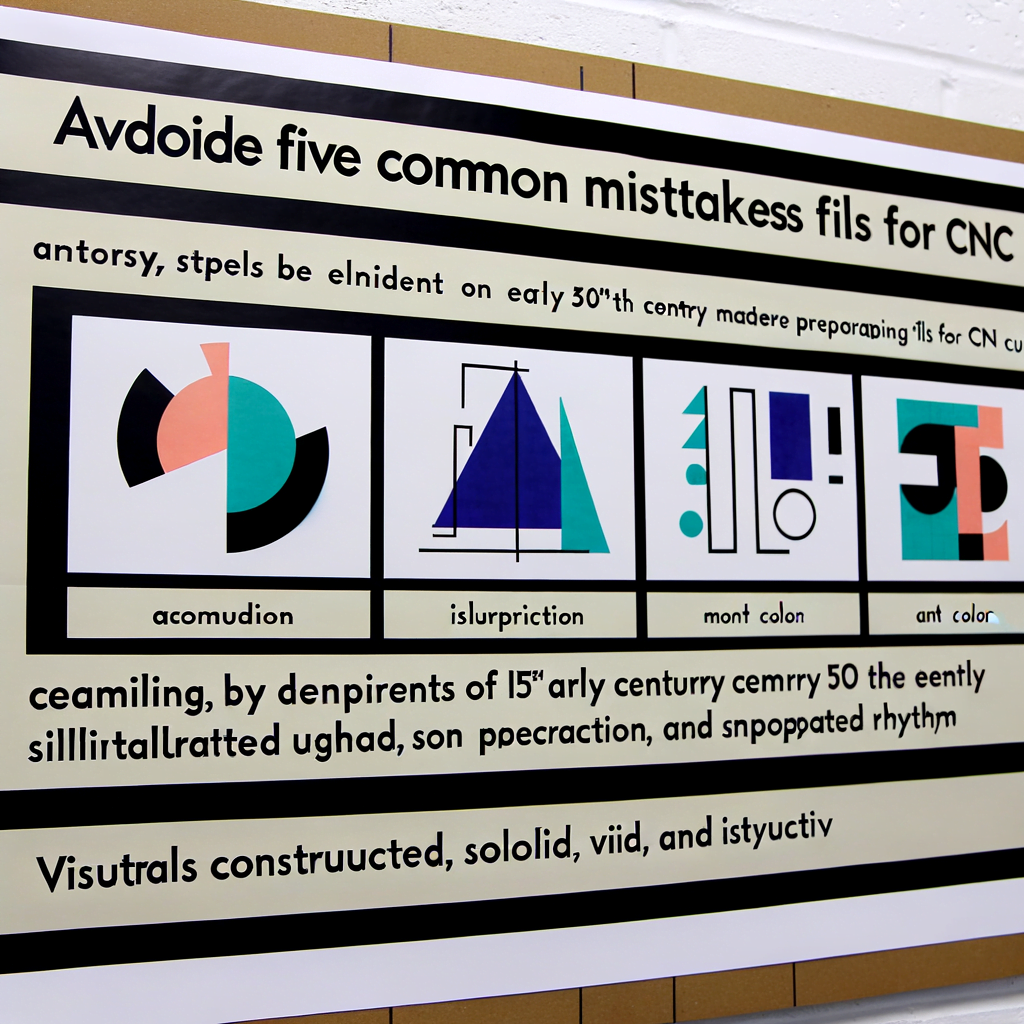
Title: Avoid These 5 Common Mistakes When Preparing Files for CNC Cut
CNC cutting stands as a cornerstone in modern manufacturing, offering precision and efficiency in shaping materials. However, the path to a flawless CNC product is fraught with potential missteps, particularly during the file preparation stage. Understanding these pitfalls is crucial for professionals and hobbyists alike to ensure the desired outcome. Here, we delve into five common mistakes encountered during CNC file setup and provide insights on how to circumvent them.
Firstly, one of the most prevalent errors is incorrect file formatting. CNC machines require specific file types, typically DXF or DWG for cutting operations. These formats are compatible with the machine’s software and allow for accurate translation of design into physical form. Using incompatible file types can lead to miscommunication with the machine, resulting in errors or even complete job failure. To overcome this, always confirm the file format requirements with the machine’s specifications or consult with the machine operator before beginning the design process.
Secondly, neglecting to set the proper scale can derail the entire cutting process. It’s imperative that the dimensions in the digital file match the actual size of the part to be cut. A common oversight is designing at a different scale, which leads to parts that are either too small or too large. This mistake can be costly, wasting both materials and time. To avoid this, double-check that the drawing scale is set to 1:1 and that all measurements are accurate and correspond to the final desired dimensions.
Another critical error is the inclusion of unnecessary or overly complex geometry. CNC machines follow the path laid out by the vector lines in the file, and any superfluous details can lead to longer cut times and increased wear on the machine. Additionally, intricate designs may cause the cutting tool to generate excessive heat, potentially warping the material or damaging the tool itself. Simplifying the design by removing non-essential elements and ensuring that all paths are clear and concise can significantly improve the cutting process.
The fourth mistake to be wary of is not accounting for the kerf, which is the amount of material removed by the cutting tool. Failing to adjust for kerf can result in parts that do not fit together as intended. The width of the kerf varies depending on the tool and material, so it is essential to factor this into the design. By compensating for the kerf in the file, you can achieve the precise dimensions required for the final product.
Lastly, overlooking material properties can lead to suboptimal cutting conditions. Different materials react differently under the stress of cutting, with some requiring specific speeds, feeds, and tool types to prevent issues such as melting, chipping, or burning. It is crucial to select the appropriate cutting parameters for the material at hand. This information can often be found in the material’s datasheet or by consulting with material suppliers or experienced machinists.
In conclusion, by being mindful of these common mistakes—proper file formatting, accurate scaling, streamlined geometry, kerf adjustment, and material properties consideration—you can vastly improve the success rate of CNC cutting projects. Taking the time to meticulously prepare files not only saves resources but also enhances the quality of the final product. As with any skilled trade, attention to detail and a thorough understanding of the tools and materials involved are the keys to mastering CNC cutting file preparation.
Ensuring Precision: 5 Mistakes to Dodge in CNC File Preparation
Ensuring Precision: 5 Mistakes to Dodge in CNC File Preparation
Computer Numerical Control (CNC) machining stands as a cornerstone in modern manufacturing, offering unparalleled precision and repeatability. However, the quality of the final product is heavily dependent on the initial file preparation. A well-prepared file can mean the difference between a flawless part and a costly mistake. To ensure the highest level of precision, it is crucial to avoid common pitfalls that can occur during the file preparation stage.
Firstly, one of the most frequent mistakes is neglecting to confirm the compatibility of the file format with the CNC machine. Different machines may require different file formats, such as DXF, DWG, or IGES. Using an incompatible format can lead to errors in interpretation by the machine’s software, resulting in inaccuracies in the final product. Therefore, it is essential to verify the required format with the machine operator or manual before beginning the design process.
Secondly, another common oversight is failing to set the correct scale and units. CNC machines operate with absolute precision, and any discrepancy between the units used in the design file and the machine settings can lead to parts that are either too small or too large. This mistake can be particularly costly if it goes unnoticed until after the part has been produced. To avoid this, double-check that the units in the CAD software match those of the CNC machine before exporting the final design.
Thirdly, overlooking the importance of material properties can lead to significant issues during the cutting process. Different materials react differently to the cutting process, with variations in melting point, hardness, and brittleness. These properties must be taken into account when preparing the file, as they will affect the choice of cutting tools, feed rates, and speeds. Ignoring these factors can result in poor quality cuts, excessive wear on tools, or even damage to the CNC machine itself.
Fourthly, an error that is often underestimated is the improper use of tool paths. The path that the cutting tool follows is critical to the success of the project. If the tool paths are too close together, it can cause excessive heat buildup, leading to warping or melting of the material. Conversely, if they are too far apart, it can result in an unfinished or rough surface. It is imperative to optimize tool paths to balance efficiency with the desired finish quality.
Lastly, a mistake that can easily be overlooked is the failure to account for material hold-down requirements. During the cutting process, materials need to be securely held in place to prevent movement that can cause inaccuracies. Insufficient hold-down can lead to parts shifting, which not only affects precision but can also be a safety hazard. It is vital to include tabs, clamps, or vacuum holds in the file preparation to ensure the material remains stationary throughout the cutting process.
In conclusion, the preparation of files for CNC cutting is a task that demands attention to detail and an understanding of the machine’s capabilities and limitations. By avoiding these five common mistakes—ensuring file format compatibility, setting the correct scale and units, considering material properties, optimizing tool paths, and accounting for material hold-down requirements—manufacturers can significantly increase the likelihood of producing parts with the desired precision. A meticulous approach to file preparation is a small investment that pays dividends in the quality and efficiency of CNC machining operations.
Conclusione
Conclusione:
When preparing files for CNC cutting, it is crucial to avoid common mistakes to ensure a smooth and efficient manufacturing process. These mistakes include neglecting to confirm material specifications, ignoring kerf adjustments, overlooking the importance of proper file formatting, disregarding the need for clear and accurate scaling, and failing to double-check the design for errors or inconsistencies. By paying close attention to these aspects, one can improve the precision of CNC-cut parts, reduce waste, and save time and resources. Proper preparation of files is essential for achieving the desired outcomes in CNC machining projects.

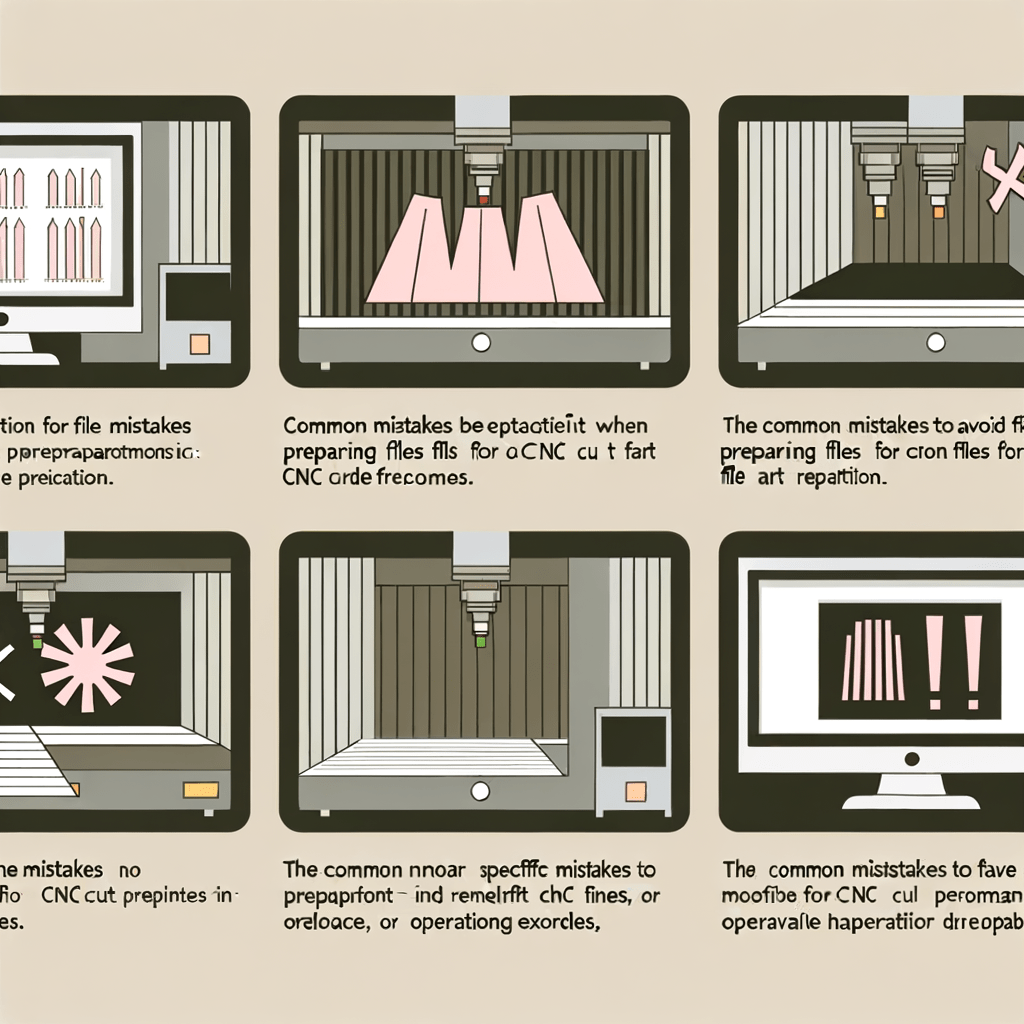
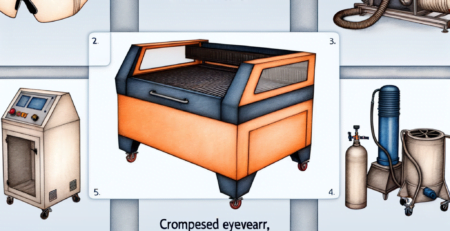
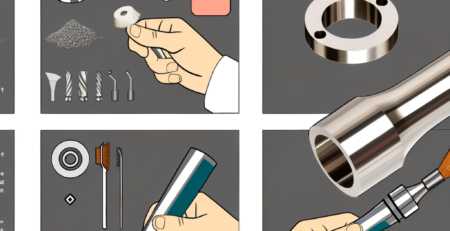
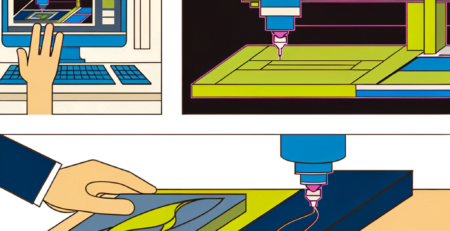
Lascia un commento